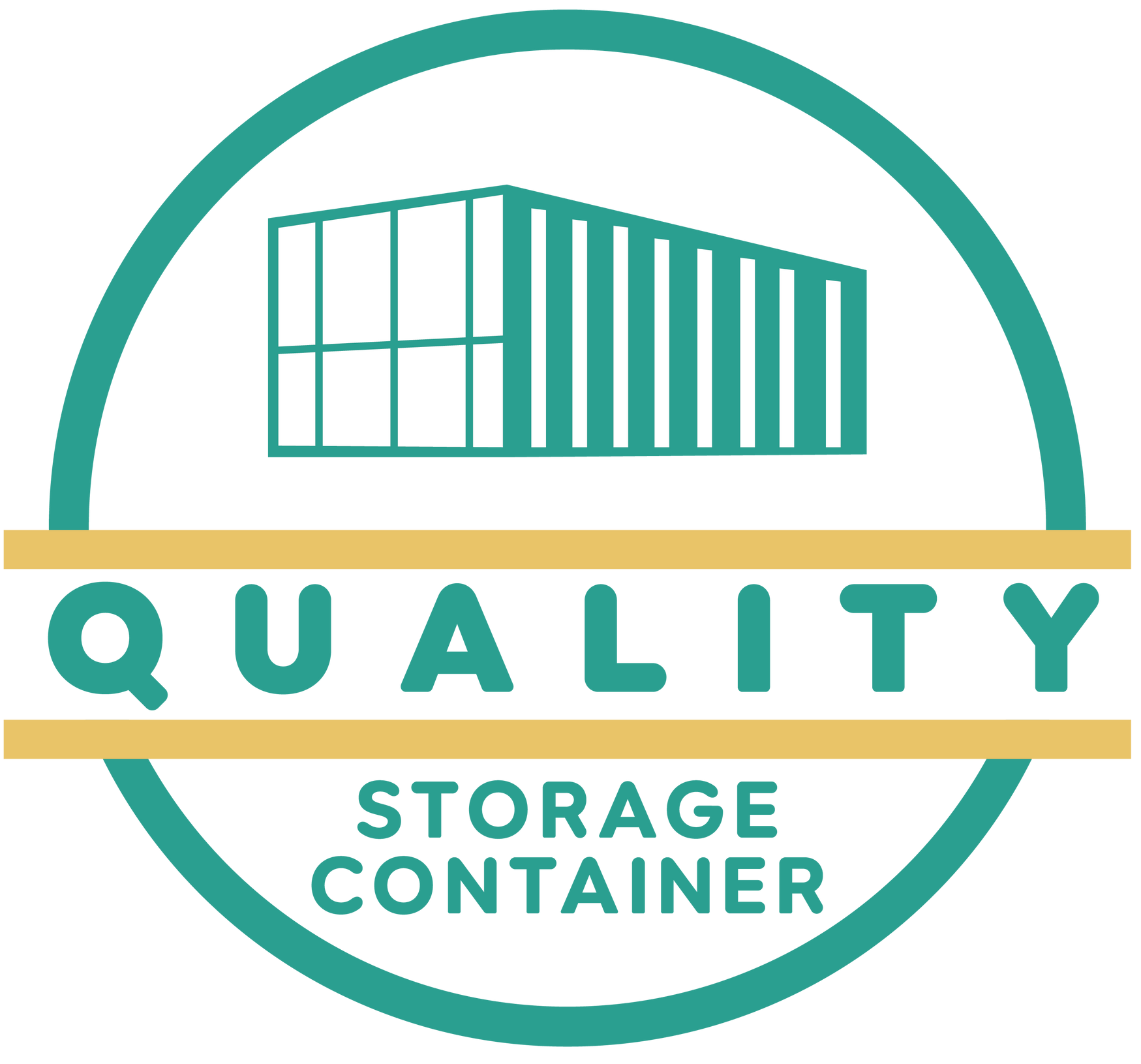Understanding Shipping Container Sizes for Your Needs
When it comes to global trade, construction, or innovative storage solutions, shipping containers play an essential role. However, not all containers are created equal. Understanding shipping container sizes can help you make informed decisions about logistics, budgeting, and functionality. Whether you’re moving goods internationally or building a container home, knowing the right size ensures efficiency and cost-effectiveness.
Key Takeaways
- Shipping containers come in various standard and specialty sizes to suit different transport and storage needs.
- The most common shipping container sizes are 20-foot and 40-foot units, known for their versatility and global compatibility.
- High cube containers offer extra height for larger cargo or conversion projects like offices or housing.
- Choosing the correct container size depends on your cargo dimensions, weight, and intended use
- Specialized containers, such as refrigerated or open-top units, cater to unique cargo requirements.
Overview of Shipping Container Sizes
Shipping containers are standardized for use across global shipping networks. The International Organization for Standardization (ISO) sets the specifications for dimensions, capacity, and design. These standards ensure that containers fit securely on ships, trains, and trucks, simplifying intermodal transport and handling.
Standard Container Sizes and Specifications
| Container Type | External Dimensions (L x W x H) | Internal Dimensions (L x W x H) | Approx. Capacity | Weight Limit |
|---|---|---|---|---|
| 20-Foot Standard | 20' x 8' x 8'6" | 19'4" x 7'8" x 7'10" | 1,165 cu ft | 61,000 lbs |
| 40-Foot Standard | 40' x 8' x 8'6" | 39'6" x 7'8" x 7'10" | 2,350 cu ft | 61,200 lbs |
| 40-Foot High Cube | 40' x 8' x 9'6" | 39'6" x 7'8" x 8'10" | 2,700 cu ft | 61,200 lbs |
| 45-Foot High Cube | 45' x 8' x 9'6" | 44'4" x 7'8" x 8'10" | 3,040 cu ft | 67,200 lbs |
Common Uses for Different Container Sizes
The size of a shipping container determines its ideal application. Smaller containers are better suited for heavy cargo, while larger containers are typically used for lighter, bulkier goods. Here’s how different container sizes are commonly used:
- 20-foot containers: Best for dense cargo such as machinery, metal, or cement.
- 40-foot containers: Ideal for lightweight, high-volume goods like furniture, textiles, or electronics.
- 40-foot high cube containers: Great for oversized or tall cargo, as well as modular construction projects.
- 45-foot containers: Often used for specialized logistics and large-scale manufacturing shipments.
Specialty Container Types and Their Dimensions
Beyond the standard models, there are several types of specialty containers designed to handle specific cargo types. Understanding their dimensions and uses ensures safe and efficient transport.
- Refrigerated containers (reefers): Maintain temperature for perishable goods like food and pharmaceuticals
- Open-top containers: Ideal for oversized items loaded by crane, such as machinery or construction materials
- Flat rack containers: Used for heavy or irregularly shaped cargo that doesn’t fit in enclosed container
- Tank containers: Designed for transporting liquids and chemicals safely.
Choosing the Right Container Size for Your Needs
Selecting the correct container size depends on your cargo type, volume, and transport requirements. A smaller container might save money if your shipment is dense, while larger units offer more flexibility for bulky items. Additionally, you should consider accessibility, storage space, and loading methods.
Factors to Consider When Selecting a Container
- Cargo weight and volume – Match the container to your load’s density and cubic footage.
- Transport method – Ensure compatibility with truck, rail, or ocean freight systems.
- Duration of use – For short-term needs, rental options might be more cost-effective.
- Condition and type – Decide between new, used, or refurbished containers based on budget and purpose.
Container Sizes for Storage and Conversion Projects
Shipping containers have become popular for alternative uses such as offices, homes, workshops, and storage units. Container size directly impacts layout options, insulation needs, and modification costs.
- 20-foot containers are ideal for compact storage spaces or small offices
- 40-foot high cubes provide extra vertical clearance, making them perfect for container homes or stacked layouts.
Cost Differences Between Container Sizes
Container size significantly influences cost. Smaller containers are less expensive to purchase and transport, while larger units cost more upfront but offer more storage per dollar. Prices can also fluctuate depending on market demand, condition, and location.
When budgeting for a container, factor in delivery, permits, and potential modification expenses if the container will be repurposed for storage or living spaces.
Frequently Asked Questions
What is the most common shipping container size?
The 20-foot and 40-foot containers are the most commonly used sizes in global shipping.
Can I customize shipping containers?
Yes. Containers can be modified with doors, windows, insulation, or shelving for specific uses like offices or housing.
How much weight can a 20-foot container hold?
A standard 20-foot container can typically carry up to 61,000 pounds of cargo, depending on regulations.
What’s the difference between a high cube and a standard container?
High cube containers are one foot taller than standard ones, providing extra vertical space for cargo or conversions.
Are there shipping containers larger than 45 feet?
Yes, though they are less common. Some regions use 48-foot or 53-foot containers, mainly for domestic transport.
Final Thoughts
Understanding shipping container sizes helps you plan more efficiently, whether you’re shipping goods or repurposing a unit for construction. By matching container dimensions to your needs, you can save time, money, and avoid logistical challenges.




